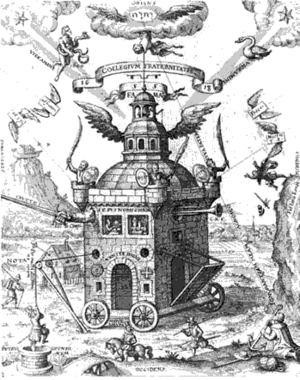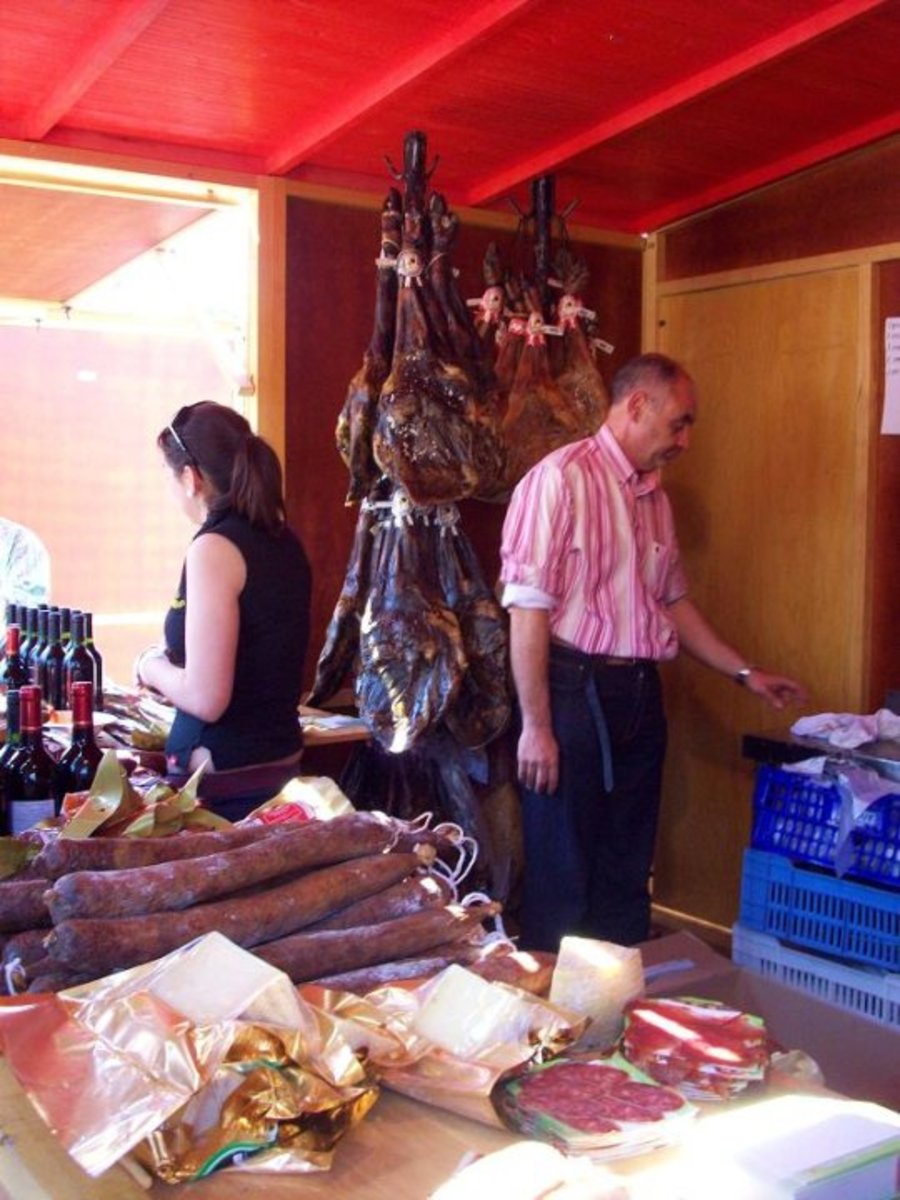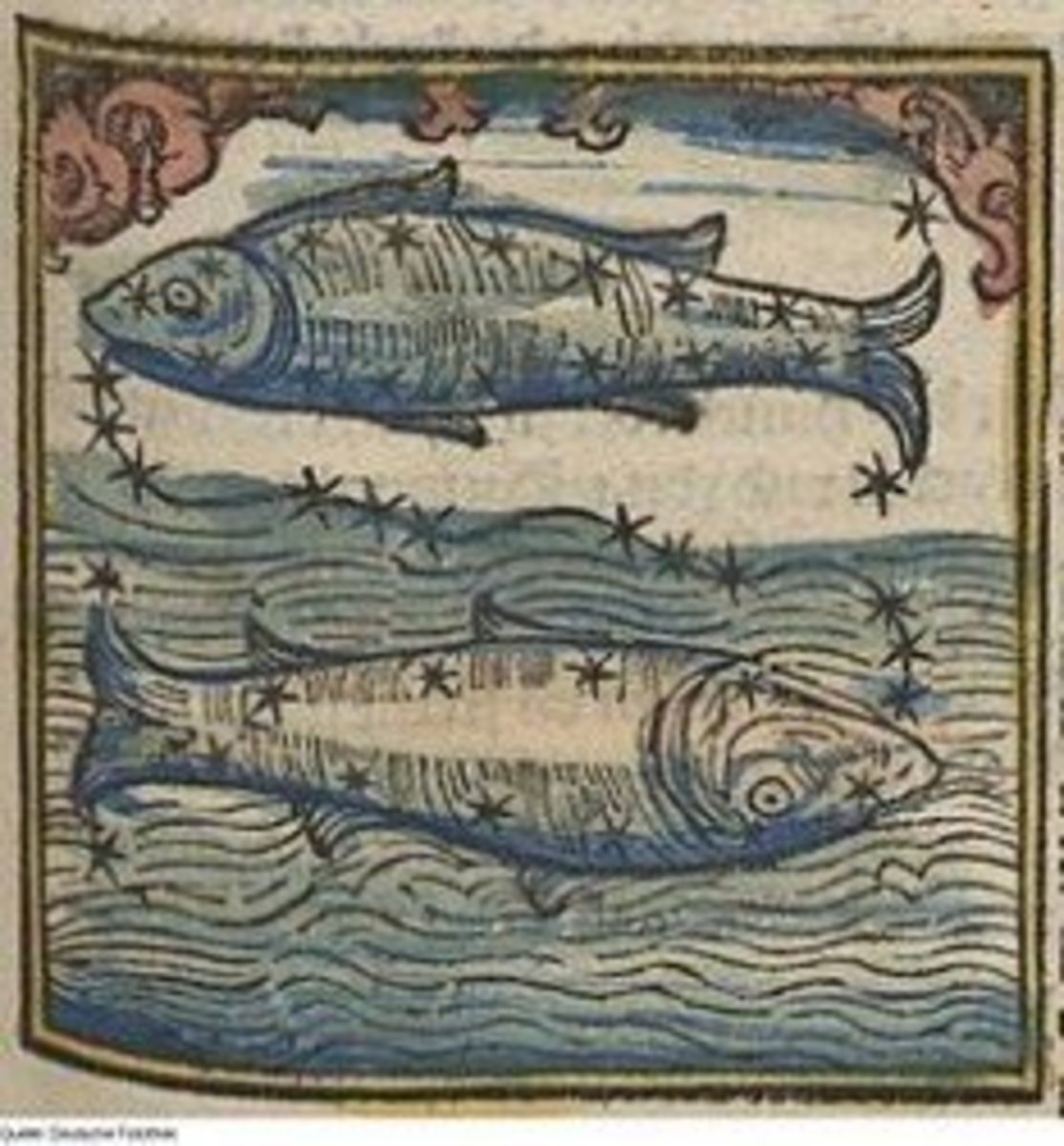The Varied Representations of Rosicrucianism in Published Documents

It is a primordial practice, to label something a threat that is simply not understood. The fear inside most people of any alien and unorthodox element is a defense mechanism developed for the sake of adapting to a world of uncertainties. Perhaps this strategy is to blame for the creation of conspiracy theories, an umbrella terminology for things that are found by the majority of the population to be unexplainable and threatening. And here, preying on the paranoia of the masses, is popular culture, which animates and drastically warps the reality of the misunderstood elements of life. The recent publications of Dan Brown, a contemporary American author, brings to light the traditions, practices, and world wide influences of long established organizations, such as the Freemasons and the Rosicrucians, among many others. His works, as well as countless others, including Founding Fathers, Secret Societies and Rule by Secrecy, echo sentiments that reach back to the 17th century, when ignorant whispers of uninvolved persons already began transforming the popular image of ancient and well-established institutions in a generally unfavorable manner. It is therefore of great importance to attempt to understand the supposed threatening entities to society, such as the Rosicrucian sect, in order to more easily overcome the manipulative nature of history when it is profoundly misrepresented.
The traditional value of secrecy promoted by most sects oftentimes results in an immediate defensive bias by those who are outside of the concerned institution. This perpetual ignorance is therefore expressed through accusations based upon historic suggestions that exhibit a nature of generally deeming clandestine organizations, like the Rosicrucians, to be cultish, evil, and dangerous. As stated in the publication, The Rosicrucian Forum 1932, these “false ideas cling fast to one’s consciousness with greater tenacity than the truth holds fast” (55). The by-product of this paranoia and the spread of negative propaganda then result in publications such as Devil Worship in Freemasonry: A Worldwide Satanic Conspiracy? by Arthur Edward Waite, along with countless other works, focused solely on the superstitious aspect of a misunderstood sect.
These extensive texts based upon word-of-mouth theories and confused suggestions of “facts”, thence pay homage to the popular image of an order, and not its factual existence. The original intentions of the Rosicrucians, who Michael Baigent, author of Holy Blood, Holy Grail, defends against the dismissive view claiming them to be nothing more than a “lunatic fringe sect”, are stated in a 15th century proclamation (Baigent 22). This edict, organized by the original founders and initiates of the order, require the members of the organization to cure the sick for no compensation, exhibit frugalness, meet once a year, ensure successors, and remain secret for a period of one hundred years.
Instead of the declaration being comprised of, what Encyclopedia Britannica’s article on Rosicrucianism describes as offering “ the most crude and incomprehensible notions and ideas” (Hargrave), the statements therein are instead clear and concise. Void of any stereotypical occult suggestions or references, the simple diction and straightforward syntax are not solely meant for the order’s initiates, who would need further instruction and detail in order to succeed in their mission. Instead, this published proclamation is intended to explain the basic tenants of the sect to those outside of the order.
The frankness of the Rosicrucian edict was possibly a premeditated attempt at stemming the tide of suspicion and rumor that was growing along with the sect. Perhaps this is the reason why -even with the passing of time- the central values of the order have remained the same. The motto of the later-established American branch echoes the premier decrees give centuries before. This dictum disallows bigotry and asks for its members to “believe in the Fatherhood of God, the Immortality of the Soul, and the Universal Brotherhood of Man…[and] that there are men equally as good in other than his own organization”. Even in the persistent light of accusations seething of magic and apologies for the occult nature of the order as presented in countless works, including the 1616 publication of Apologia Compendia Fraternitatis de Rosea Cruce and the later release of Things of the Outside World, the original hopes for freedom of thought, expression, and human worth have remained intact (Clymer).
Throughout history, the actual term “Rosicrucian” has been used interchangeably with Freemasonry and also as a generalized signifier of any Gnostic phenomenon, which may or may not have been able to achieve a following. In modern America, the word is synonymous with most twentieth-century occult groups and serves as a blamable element of civilized society that may easily take the brunt of any impacting social upheaval (McIntosh 9). From breaking the supremacy of the Roman Catholic church to John F. Kennedy’s assassination and the ultimate plot of “taking over the world with a global, godless, sexually profligate, fascist dictatorship å la George Orwell’s 1984”, Rosicrucians have come to reflect any current societal insecurities or distresses (Bruce 119).
Due to the pressures imposed upon them by the general populace, the modern Rosicrucian order, or “Anicent and Mystical Order Rosea Crucis” (AMORC), has been forced to work even more candidly and visibly. AMORC itself is now a worldwide organization with a vast membership and holdings, including lecture halls, temples, laboratories, and museums. Shadowed by a legacy of occult associations and Gnostic tendencies, Rosicrucianism does have an incredible hold on the world. It is an organization of which nothing definite can be gleamed next to its own published admittances and somehow always manages to be present at times of major historical shifts. Yet, while the conspiratorial underlying intentions of the order have not been –and may never be- realized, its theoretical purpose has withstood the judgments and accusations of time, and continues the hope for “care of the body, intuition and judgment…[and] inquiry into the nature of the soul” (McIntosh 128).
Copyright Lilith Eden 2011. All Rights Reserved.
Works Cited
Baigent, Michael. Holy Blood, Holy Grail. Dell, 1983. Print.
Jennings, Hargrave. The Rosicrucians: Their Rites and Mysteries. Read Books, 2008. Print.
Clymer, Reuben Swinburne. The Rosicrucians and Their Teachings. Columbia
University: The Philosophical Publishing Co., 1910. Print.
McIntosh, Christopoher. The Rosicrucians: The History and Mythology of an Occult
Order. York Beach, ME: Samuel Weiser Inc, 1997. Print.
Bruce, Alexandra. Beyond the Secret: The Definitive Unauthorized Guide to The Secret.
Constellation, 2007. 119.
Editors Rosicrucian. The Rosicrucian Forum 1932. Kessinger Publishing, n.d.







